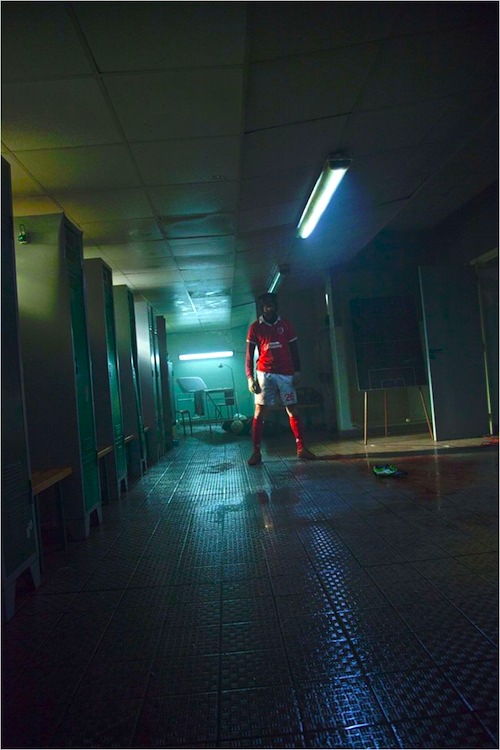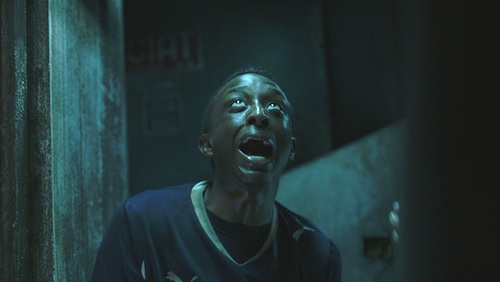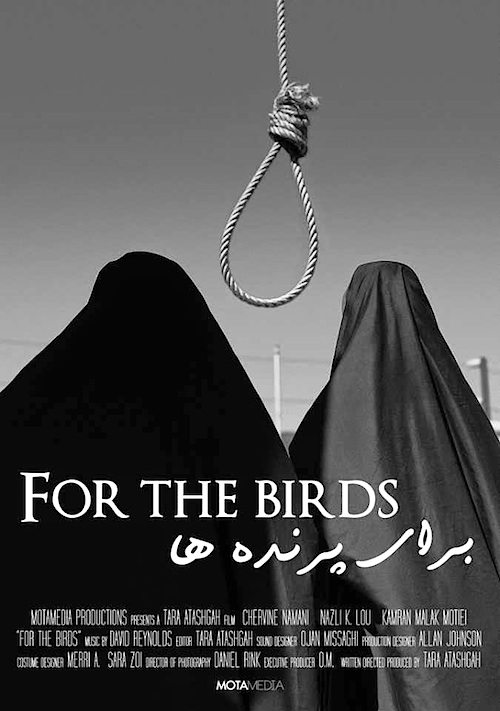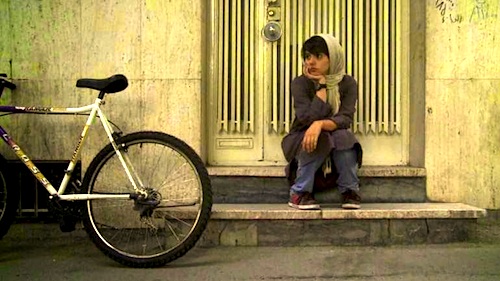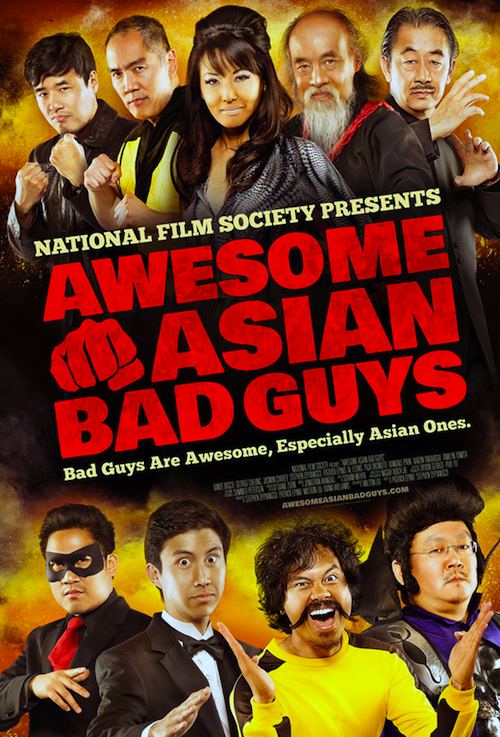
By Joe Bendel. Westerns were once a staple of American television, but now the genre has practically disappeared. Presumably, this was bad news for stunt horse-back riders. Though not quite to the same extent, production of Chanbara swordplay films has also steeply declined in Japan, greatly reducing work for kirare-yaku, the extras specially trained to be “cut-up.” It is the end of an era for Seiichi Kamiyama, but he always stays true to his art in Ken Ochiai’s Uzumasa Limelight, which screened during this year’s Fantasia International Film Festival.
Much to his surprise, Seizô Fukumoto has become the world’s most famous extra. Already the focus of several media reports on the kirare-yaku, he now appears in his first leading role, playing a character not so very different from himself. The Uzumasa establishment long recognized the beauty of Kamiyama’s death scenes. In fact, he was once given a carved rehearsal sword from the hero of a perennially popular samurai TV show (perhaps inspired by the long-running Mito Kōmon). Like a Japanese Gunsmoke, it continued for forty-years, providing Kamiyama regular employment, even when the star’s son took over for his late father. Unfortunately, it has just been canceled by the younger generation of executives.
Suddenly, Kamiyama and his colleagues are scuffling for work, making do appearing as corpses in yakuza dramas and performing in the suburban Kyoto studio’s live action show for tourists. Even though his stock is falling, young extra Satsuki Iga comes to Kamiyama for mentoring in his traditional skills. Thanks to his training and conditioning, she lands a stunt role on a new hipster Chanbara series, where she catches the eye of the obnoxious leading man. Suddenly, she is a star in her own right, but the Uzumasa old guard just keep getting older.
Yes, Uzumasa Limelight is a lot like A Star is Born crossed with Charlie Chaplin’s Limelight, with jidaigeki costuming and the occasional nods to Ozu, but it is profoundly moving and highly satisfying for genre fans. Fukumoto might be one of the great kirare-yaku (he was recruited for the Tom Cruise vehicle The Last Samurai), but his touching performance as Kamiyama suggests he could easily move into more conventionally dramatic roles. With unusual economy, his deeply lined face and subtly communicative body language eloquent express his pride in his craft and his pupil, as well as the weight of all his life disappointments. He proves the film’s axiom—if you can act convincingly during a sword fight than you are a good actor.
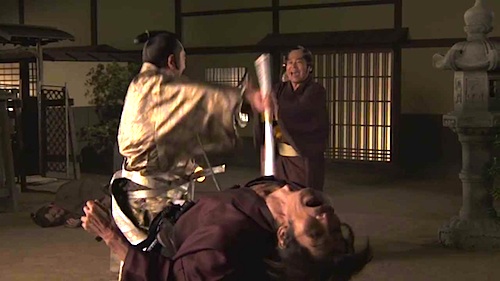
While Fukumoto has been practicing his art for fifty years or so, Limelight represents the straight up film debut of 2012 World Junior Wushu champ Chihiro Yamamoto, portraying Iga with a maturity beyond her years. Their teacher-protégé chemistry feels very real, but complex in a true-to-life way. Frankly, Fukumoto seems to bring out the best in everyone, because Limelight is stuffed with additional lovely little supporting turns.
The production design team headed by Takashi Yoshida creates a vivid sense of the old Kyoto studio world through their richly detailed work. However, one of the most important contributions comes from swordplay choreographer Mitsuhiko Seike, whose big film-within-the-film action-spectacle delivers the goods with style to spare. Although Limelight shares a certain nostalgic kinship with Ochiai’s previous film, The Tiger Mask, it is more closely akin to his very personal docu-essay short Frog in the Well. It is an absolutely super film that should be a breakout vehicle for Fukumoto, Yamamoto, and Ochiai. With a future American theatrical release to come, it was one of the high points of this year’s Fantasia, which continues through August 6th. Those in Montreal should definitely also check out the honest and touching anime historical epic Giovanni’s Island and consider the highly entertaining but slightly ragged around the edges White Storm and Seventh Code, as well as the generally amusing Premature.
LFM GRADE: A
Posted on July 28th, 2014 at 12:21pm.

